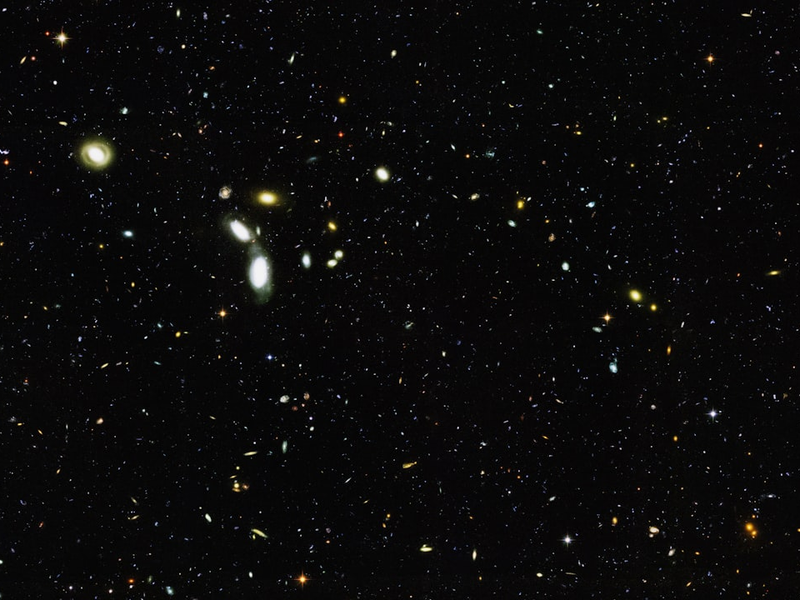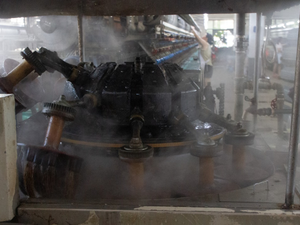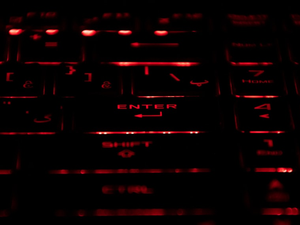Space Mystery: How Scientists Just Uncovered a Massive Dark Matter Halo

Photo by NASA Hubble Space Telescope on Unsplash
Imagine being able to peek into the depths of the universe and reveal invisible cosmic structures that have remained hidden for billions of years. Thanks to an incredible astronomical discovery, scientists have done just that by capturing an extraordinary phenomenon called an “Einstein’s cross”.
Researchers using the Atacama Large Millimeter/Submillimeter Array (ALMA) in northern Chile have observed a mind-blowing gravitational lensing event involving a galaxy called HerS-3, located 11.6 billion light years away. This cosmic marvel occurs when massive galaxies bend light around them, creating multiple images of a distant light source.
In this specific case, four giant galaxies positioned between HerS-3 and Earth created a spectacular light-bending effect. But here’s where it gets fascinating: the researchers discovered that these galaxies alone couldn’t explain the intricate light configuration they observed.
The missing piece? A massive dark matter halo, an invisible cosmic structure believed to weigh several trillion times the mass of our sun. Dark matter, which comprises approximately 85 percent of the universe’s total mass, has long been a mysterious substance that can’t be directly observed through visible light.
Lead author Pierre Cox from the Institut d’Astrophysique de Paris explained that the only way to reproduce the remarkable image configuration was by introducing this invisible, massive component at the center of the galaxy group.
This groundbreaking discovery provides scientists with an unprecedented opportunity to study how dark matter influences galaxy formation in the early universe. By using this natural “cosmic telescope,” researchers can now zoom into regions ten times smaller than the Milky Way, nearly 12 billion light-years away.
The observed galaxy, HerS-3, appears to be a vibrant starburst galaxy experiencing explosive star formation during a period when stellar creation was at its universal peak. Its tilted, rotating disk demonstrates active gas ejection, offering an additional layer of intrigue to this astronomical revelation.
As our understanding of the universe continues to expand, discoveries like these remind us how much remains unknown and how cutting-edge technology allows us to unravel cosmic mysteries that were once unimaginable.
AUTHOR: cgp
SOURCE: Wired























































